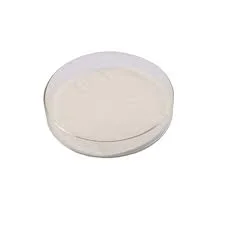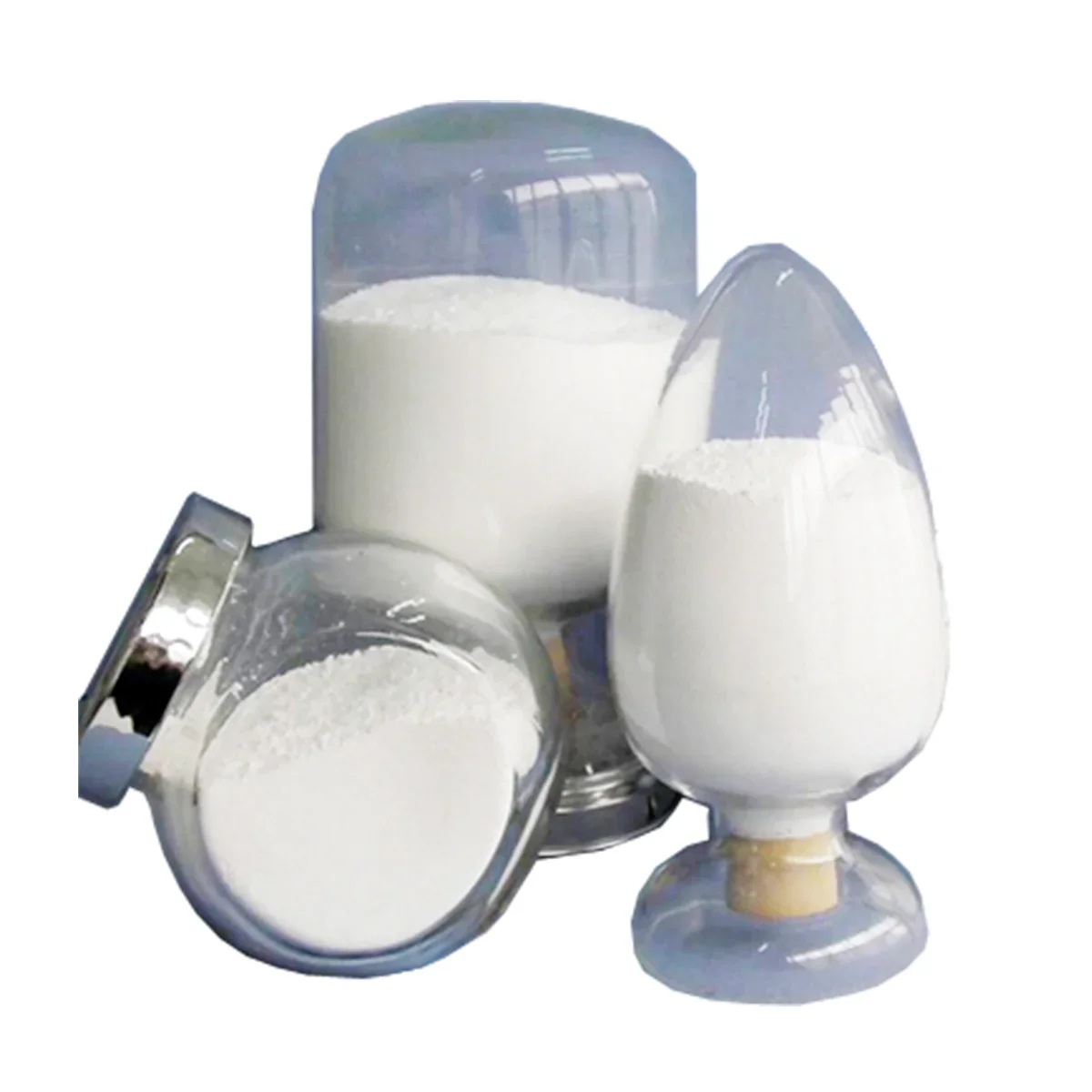Fungi are one of the most common types of plant pathogens that can cause devastating damage to crops, resulting in significant economic losses for farmers. To combat these fungal diseases, various fungicides are available in the market. Tricyclazole 20% WP is one such fungicide that has gained popularity among farmers due to its effectiveness against a wide range of fungal diseases. In this blog, we will explore the mechanism of action of Tricyclazole 20% WP in fungicide applications to understand how it works to protect crops from fungal infections.
What is Tricyclazole 20% WP?
Tricyclazole 20% WP is a systemic fungicide that belongs to the chemical class of triazoles. It is widely used to control fungal diseases in rice crops, including blast and sheath blight. Tricyclazole 20% WP is formulated as a wettable powder (WP) that can be easily mixed with water and sprayed on the crops. Its mode of action makes it an effective tool in combating fungal infections.

The Mechanism of Action
1.Inhibition of Ergosterol Biosynthesis:
Tricyclazole 20% WP inhibits the biosynthesis of ergosterol, a vital component of fungal cell membranes. Ergosterol is responsible for maintaining the integrity and fluidity of the fungal cell membrane. By inhibiting its production, Tricyclazole 20% WP disrupts the structure and function of the cell membrane, leading to cell death. This action prevents the growth and reproduction of the fungi, effectively controlling the spread of the disease.
2.Suppression of Spore Germination:
Fungal diseases spread through spores, which are reproductive structures that allow fungi to reproduce and infect new hosts. Tricyclazole 20% WP inhibits the germination of fungal spores, preventing the establishment of new infections. By suppressing spore germination, Tricyclazole 20% WP limits the ability of the fungi to reproduce and spread, reducing the severity of the disease.
3.Induction of Systemic Resistance:
Tricyclazole 20% WP also activates the plant's natural defense mechanisms, known as systemic resistance. When applied to the crops, it triggers a response in the plant, leading to the production of defense compounds and enzymes. These compounds act as defense mechanisms against fungal pathogens, enhancing the plant's ability to fight off infections. This systemic resistance provides long-lasting protection to the crops, even after the fungicide has been applied.
Application Guidelines
To maximize the effectiveness of Tricyclazole 20% WP, it is essential to follow proper application guidelines. Here are some key points to consider:
1.Timing of Application:
Timing plays a crucial role in the effectiveness of Tricyclazole 20% WP. It is recommended to apply the fungicide at the early stages of the disease or as a preventive measure. This ensures that the fungicide reaches the target site before the infection becomes severe. Regular monitoring of the crops and early detection of disease symptoms are essential for timely application.
2.Dosage:
Correct dosage is critical for achieving optimum control of fungal diseases. The recommended dosage of Tricyclazole 20% WP varies depending on the crop and the specific disease being targeted. It is important to carefully read the product label and follow the instructions provided by the manufacturer. Overdosing can lead to phytotoxicity, while underdosing may result in ineffective disease control.
3.Mixing and Application:
Tricyclazole 20% WP is formulated as a wettable powder, which needs to be mixed with water before application. It is crucial to follow the recommended mixing ratio provided by the manufacturer to ensure proper dispersion of the fungicide. Thorough coverage of the crop foliage is essential to reach all the infected areas. It is advisable to use appropriate spraying equipment and follow safety precautions during application.

Conclusion
Tricyclazole 20% WP is a highly effective fungicide that provides control against a wide range of fungal diseases in rice crops. Its mechanism of action involves inhibiting ergosterol biosynthesis, suppressing spore germination, and inducing systemic resistance in plants. Following proper application guidelines, including timing, dosage, and mixing, is crucial to maximize its efficacy. By understanding the mechanism of action of Tricyclazole 20% WP, farmers can make informed decisions about its use in fungicide applications, ensuring healthier crops and higher yields.
Tricyclazole 20% WP: An Effective Solution For Pest Management

